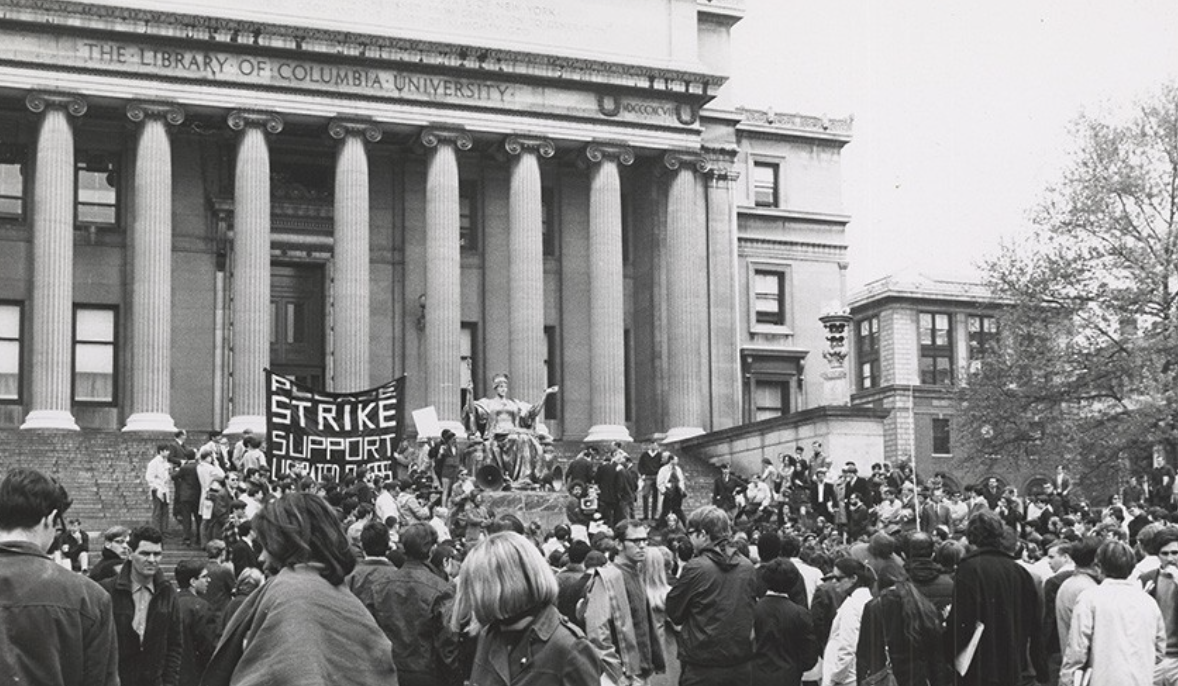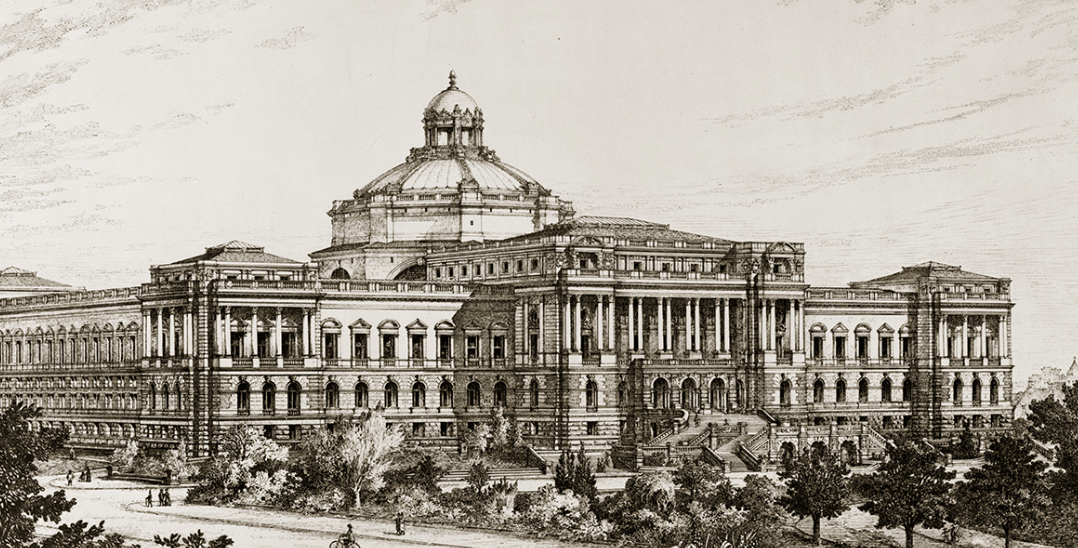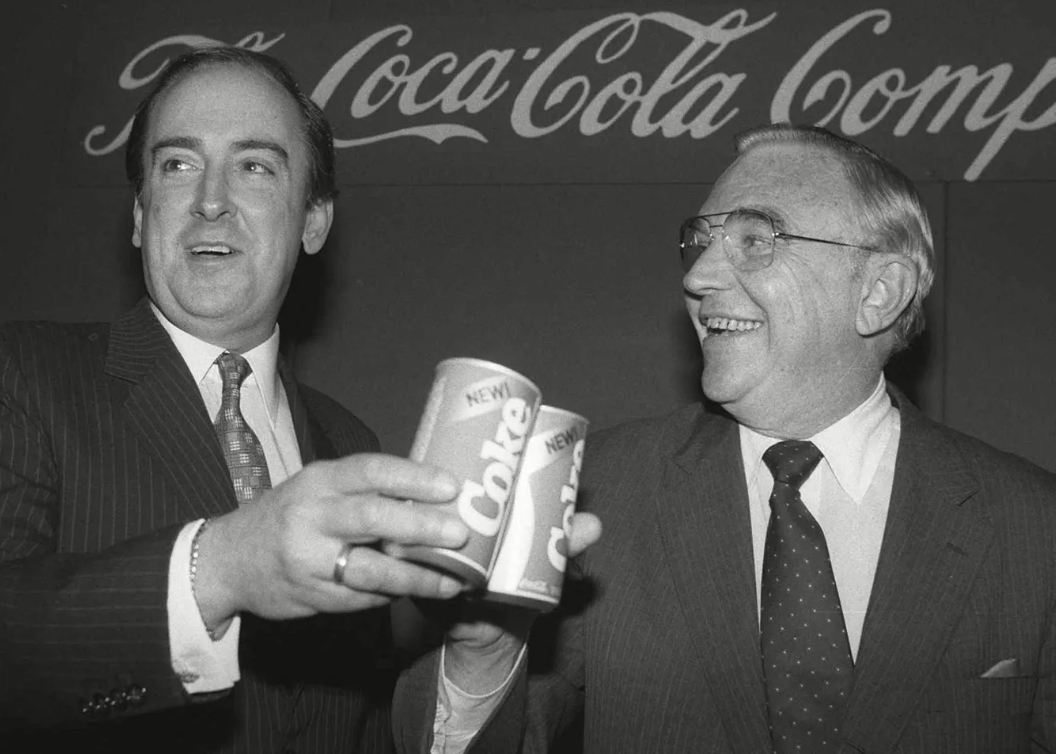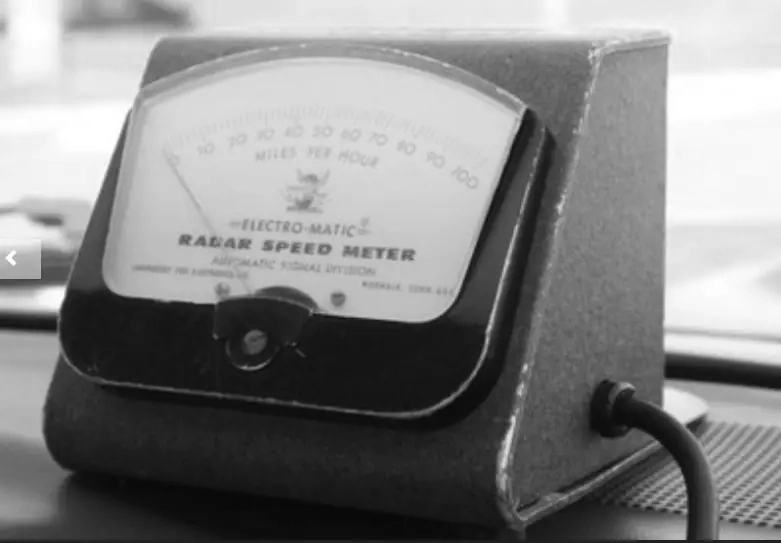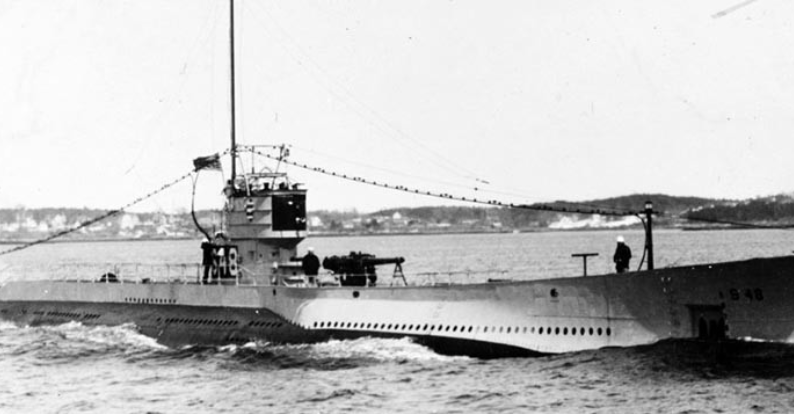On April 3rd, 1996, the state of Montana witnessed a major breakthrough in one of the most notorious domestic terrorism cases in American history. Federal agents apprehended Ted Kaczynski, also known as the “Unabomber,” at his remote cabin near Lincoln, Montana.
Kaczynski had been on the FBI’s Most Wanted List for over 17 years, since his first bombing in 1978. He had killed three people and injured more than 20 others with a series of bombs sent through the U.S. postal system, targeting universities, airlines, and computer stores. His actions were motivated by his anti-technology and anti-government beliefs, which he outlined in a 35,000-word manifesto published in the New York Times and the Washington Post.
The Unabomber case was one of the longest and most expensive in FBI history, with investigators following a number of false leads and dead ends. However, in 1995, Kaczynski made a critical mistake that eventually led to his arrest. He sent a letter to David Gelernter, a computer science professor at Yale University, that contained a bomb. Gelernter survived the attack, but the forensic evidence gathered from the scene was crucial in identifying Kaczynski as the Unabomber.
Following Kaczynski’s arrest, a search of his cabin revealed an extensive arsenal of bomb-making materials, as well as his handwritten journals that detailed his activities and beliefs. In 1998, Kaczynski pleaded guilty to all charges and was sentenced to life in prison without the possibility of parole.
The Unabomber case remains a landmark in American criminal history, showcasing the lengths that federal agents will go to bring dangerous criminals to justice. It also raises important questions about the role of technology in society and the consequences of unchecked technological progress.

CELEBRATING THE LAUNCH OF THE HUBBLE SPACE TELESCOPE
The Hubble Space Telescope was launched into orbit on April 24th, 1990, marking a monumental moment in space exploration history. Named after the renowned astronomer Edwin


